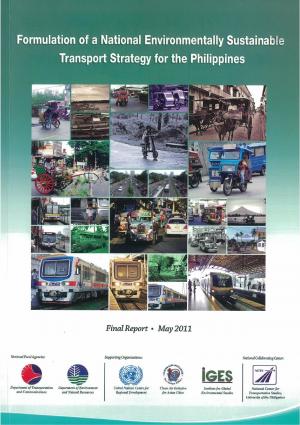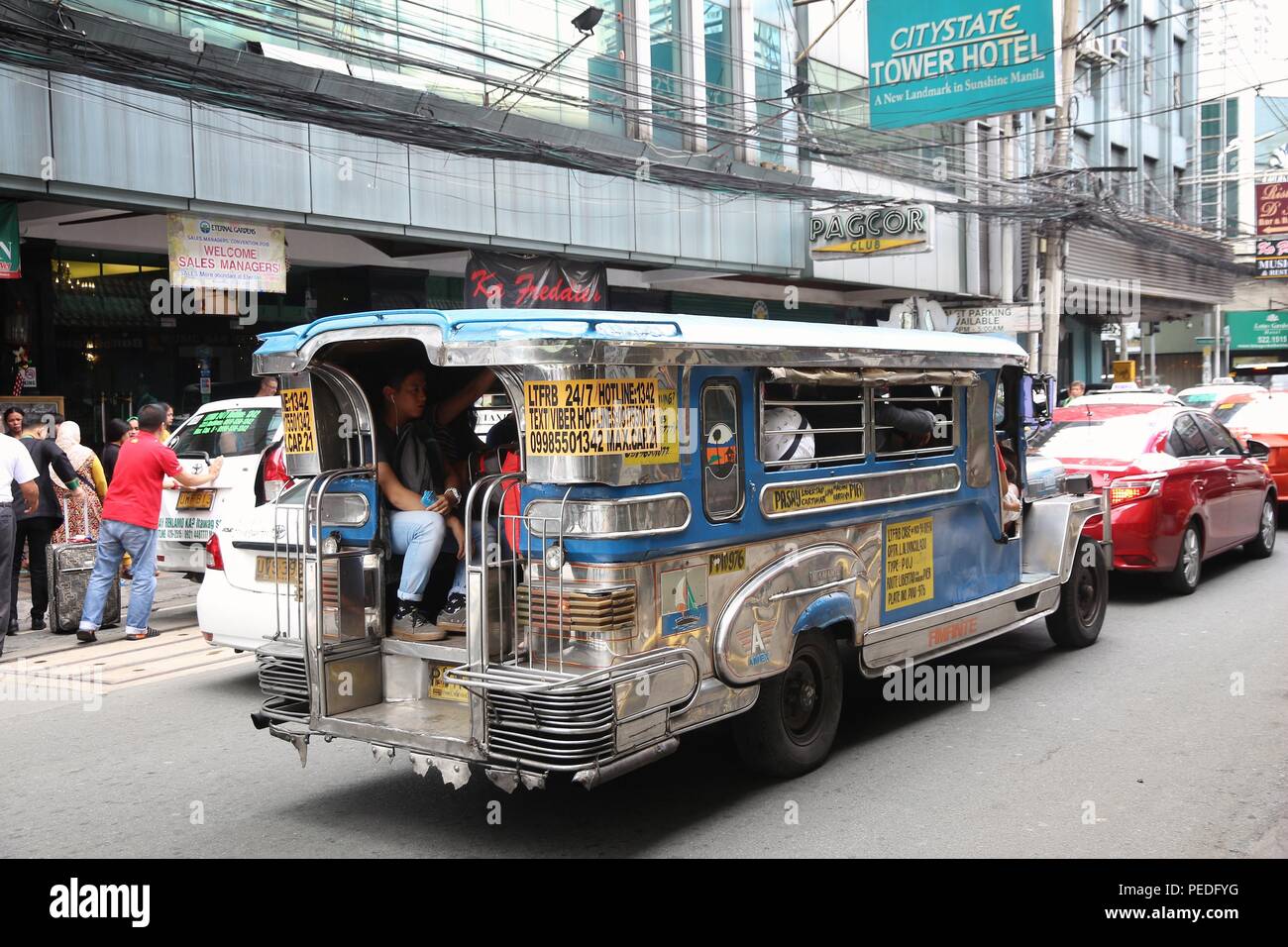Increase Brand Name Get To with Transit Advertising Philippines
Wiki Article
Just How Transportation Advertising And Marketing Can Change Mass Transit Spaces Into Dynamic Advertising Operatings Systems
Transportation advertising and marketing holds substantial possibility to redefine public transportation spaces into dynamic marketing systems that educate and involve. As we discover the multifaceted benefits and evolving techniques of transit marketing, it elevates the inquiry of how this change can redefine our interactions with both brand names and the city environment.Benefits of Transit Marketing

In addition, transportation marketing is very cost-efficient contrasted to traditional media. It permits marketers to attain high impressions at reduced expenses, making best use of return on investment. The restricted audience of travelers offers an opportunity for brand names to communicate their messages to individuals who are usually responsive during their travel times.
In addition, the dynamic nature of transit advertising permits projects to be updated frequently, making certain that messaging stays prompt and relevant. This flexibility can be critical in replying to market trends or advertising events, maintaining the brand top-of-mind for customers. Lastly, the prevalent existence of transit advertising adds to brand recall; repeated exposure within acquainted traveling contexts enhances brand understanding and cultivates consumer commitment, inevitably boosting and driving sales brand online reputation.
Sorts Of Transportation Advertising
Public transport systems give various styles for marketing, each dealing with different advertising and marketing strategies and target market involvement approaches. One prominent type is outside bus and train wraps, which cover the entire automobile and produce a mobile signboard impact, permitting high presence in city settings. These covers can record focus as they go across busy streets, getting to a varied target market.Another popular format is interior advertising, which includes posters, digital displays, and advertisements on transit seats. These positionings engage passengers throughout their journey, enhancing brand messaging in a restricted space. Digital displays, particularly, offer the benefit of dynamic content, making it possible for marketers to update messages in real-time.
Terminal advertising is additionally substantial, featuring posters, banners, and interactive kiosks within transportation stations. These ads utilize foot web traffic and can target specific demographics based upon location.
Last but not least, advertising partnerships with transportation authorities can cause unique projects, such as themed transit experiences or occasions, improving the overall involvement with commuters. Each kind of transportation marketing provides distinct advantages, enabling brands to customize their method to efficiently reach their target market within the general public transportation environment.
Engaging Travelers Successfully
Commuters are increasingly swamped with marketing messages during their day-to-day trips, making it crucial for brand names to involve them in ingenious methods. To capture interest in this crowded room, marketers should focus on creativity and importance. Utilizing distinctive visuals and concise messaging can dramatically enhance the probability of engagement.Interactive aspects, such as QR codes or increased reality functions, can additionally transform fixed advertisements right into immersive experiences, fostering a much deeper connection with the audience. Brand names ought to concentrate on resolving commuters' interests and requirements, customizing messages to reverberate with their lifestyle, whether through promos for regional organizations or solutions designed to improve their travelling experience.
In addition, timing plays an essential function; purposefully positioning advertisements throughout top travelling hours can take full advantage of visibility and impact. Engaging commuters successfully also entails leveraging social media sites assimilation, permitting guests to share their experiences or promos directly from transit platforms, thereby amplifying brand name reach.
Essentially, go to this site reliable involvement depends upon comprehending the commuter journey and developing engaging, interactive, and pertinent marketing experiences that not only capture attention but additionally drive activity and commitment. By doing so, brand names can change mass transit into a dynamic marketing system that resonates with its audience.

Measuring Advertising Influence
How can brand names properly analyze the performance of their ad campaign en find more route environments? Measuring the effect of transit advertising requires a multifaceted method that incorporates quantitative and qualitative metrics. One prevalent method is tracking engagement with mobile analytics, where brands can assess foot web traffic patterns and app interactions previously, throughout, and after projects.Surveys can provide important understandings right into brand name recall and customer view, permitting brands to gauge exactly how well their messages resonate with commuters. Additionally, checking social media sites engagement relevant to specific projects can disclose shifts in public assumption and brand discussion.

Moreover, teaming up with transit companies can boost measurement accuracy, as they usually possess in-depth group information on ridership trends. By integrating these methods, brand names can develop a detailed understanding of their advertising and marketing effectiveness, making sure that their projects not only reach however additionally impact their target audiences successfully.
Future Fads in Transportation Marketing
A considerable change is prepared for in transportation advertising as technological improvements and transforming customer actions reshape the landscape. Transit Advertising Philippines. The combination of electronic display screens and multimedias is anticipated to boost involvement, permitting brand names to provide dynamic material that resonates with varied target markets. As public transport systems accept smart innovation, advertisers will leverage real-time data analytics to customize messages based upon traveler demographics and actionsAdditionally, increased reality (AR) is poised to revolutionize the means travelers communicate with advertisements. By providing immersive experiences, AR can change an ordinary journey right into an appealing narrative that records interest and promotes brand name commitment. This advancement will likely encourage marketers to produce more experiential projects that drive consumer interaction.
Sustainability is an additional vital trend affecting transit advertising. As environmental consciousness grows, brands will progressively look for to align with green methods, using sustainable materials and promoting visit eco-friendly initiatives within their campaigns.
Conclusion
In conclusion, transit marketing uses substantial advantages by enhancing brand exposure and engaging a restricted target market. As fads advance, the possibility for innovative interactions between brands and travelers is positioned to expand, making certain that transportation advertising remains an important component of contemporary advertising methods.Transportation marketing holds considerable capacity to redefine public transport rooms into vibrant advertising platforms that educate and involve. The prevalent existence of transit marketing contributes to brand recall; repeated exposure within familiar traveling contexts enhances brand name understanding and promotes consumer loyalty, ultimately driving sales and enhancing brand track record.
Exactly how can brand names properly examine the efficiency of their advertising projects in transportation atmospheres?In final thought, transit advertising offers substantial benefits by enhancing brand name presence and engaging a captive target market. Transit Advertising Philippines. As patterns evolve, the potential for cutting-edge communications between commuters and brand names is poised to grow, ensuring that transportation marketing stays an important component of modern-day advertising techniques
Report this wiki page